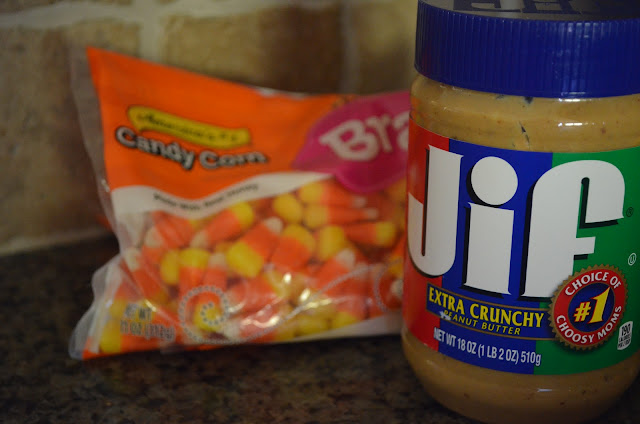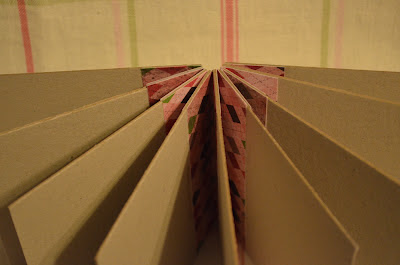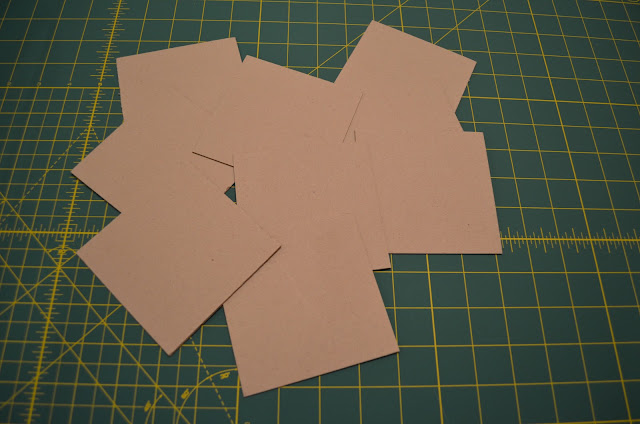In July, my oldest daughter & I signed up for an online cheese-making class that would begin in August. (We were both so excited because we had been talking about making cheese for years. My daughter had made homemade buttermilk countless times for cooking, and we had heard about kindergarten classes 'shaking' their way to homemade butter (which we have
not tried) but still we held back.
Fast forward a few years... One day my oldest son & his wife took my husband & I to dinner where this Italian restaurant featured their
fresh, in-house, homemade mozzarella. (I had never heard of such a thing.) It was delicious! I was hooked! I was determined to make homemade cheese. If they could do it,
so could we!
I'm sorry to say over a year passed since that dinner with our son. Then my daughter, Laurel, happened across this online cheese-making course. She loves all things relating to food, and even has an awesome food blog called
California Laurel. It was while she was getting her daily 'fix'...(reading other folks recipes/blogs/etc.) that she came across this. Another blogger mentioned something about cheese-making. She discovered Cheesepalooza. It was, and I quote from her blog, a 'world-wide cheese-making class that would take place over the internet. Each month a new cheese would be attempted by the participants.' She told me about it & said she was signing up..."You want me to sign you up, too. Right?". I didn't have all the details yet, but if I was going to learn how to make cheese by the time this was all over,... I'm in!
 |
Our 'classroom' textbook & most
recent love... |
After signing up, the first thing we needed to do was buy our textbook: a beautiful cheese-making book written by Mary Karlin that I would have bought just to look through & drool over the photos! It's a beautiful book and the information in it is absolutely
fantastic!
Next, I started reading the book itself, trying to understand a little more about the mysteries of cheese-making. Laurel had already gone ahead & made her first cheese, Ricotta, and posted some awesome recipe uses on her blog, including Baci di Ricotta, pictured here......
 |
Baci di Ricotta, an Italian doughnut made mostly of deep-fried Ricotta
sprinkled with powdered sugar. Recipe here... |
......and my favorite, a delicious & refreshing concoction that she didn't even bother to name but includes fresh slices of peach, pecans, fresh chopped basil all atop a piece of bread with a smidge of honey drizzled over the top. It was delicious! (Pictured below)
Almost waiting until the end of the month, for fear I hadn't yet read all I needed to read or would bungle this up somehow, I finally attempted to make my cheese....
I started yesterday, a bit late in the day. I was so nervous. I had thought about making cheese so often. I really wanted this to work out well, knowing that I am one of those people who gets defeated a little too quickly. Especially with something as daunting as cheese-making! But, in the end, all went well and I'm ready to start September's recipe! But first things first... let's make some Ricotta!
 |
| I found my citric acid in the canning section of my grocery store. |
Ingredients:
1 gallon pasteurized whole cow's milk
1/2 cup heavy cream
1& 1/2 teaspoon citric acid powder
2 teaspoon kosher salt (Non-iodized), divided
 |
| Combine all ingredients into pot, except 1 teaspoon salt. Whisk to combine. |
STEP 1: Heat the milk, heavy cream, citric acid and only 1 teaspoon of the salt in a non-reactive stock pot, on medium-low heat. Whisk thoroughly...
 |
| Use a rubber spatula to stir. Here I was just curious about how the curds were doing... |
Heat to 185* to 195* F. This took me about 30 minutes.
 |
I stirred this to try and capture a photo showing the separation
of the curds & whey on the right. Sorry, I couldn't quite capture it. |
NOTE: My thermometer stopped working during the heating! I was told by a reliable source you can just "eye it"... watch for the curds starting to form and separate from the whey and the whey will become a 'yellowish-green color and just slightly cloudy'. As soon as you've seen these signs, remove from heat....
...Cover and allow the curds to sit, undisturbed, for 10 minutes.
 |
I folded my cheesecloth over onto itself as many times as possible,
yet leaving it large enough to cover the strainer. |
STEP 2: While waiting for the curds to start forming, and to reach the desired temperature, ready your draining equipment: Place your strainer over a large bowl, or bucket large enough to catch all the whey, and your cheesecloth folded over on itself to form a nice tight weave, placed over the strainer. Don't forget your skimmer (or ladle!).
 |
| I used a ladle since I don't own a skimmer. |
STEP 3: Ladle everything from the pot, into the cheesecloth-covered strainer. (Don't forget to have a pot placed under your strainer to catch all the liquid, which is the whey and can be used as a starter for more cheese or it can be used in your compost pile! Check out this website for more details:
http://homesteadingthebackforty.blogspot.com/2008/05/another-whey-to-fertilize.html)
 |
| Tie up the opposite corners to make a pouch for draining the cheese. |
STEP 4: Tie up the four corners of the cheesecloth, starting with the two opposite corners first.....
..... Then tie up the remaining two corners, making a nice pouch.
 |
| I used the largest wooden spoon I own as a hanger to help strain the cheese. |
STEP 5: I then allowed my cheese to drain for several hours, until it reached the consistency I wanted. I waited until my cheese was done draining and added the remaining salt. Here is the finished product.....
Tasting Notes:
Appearance: A bit wetter than store-bought Ricotta; medium-sized curds.
Nose: Very subtle
Overall Taste: VERY creamy and quite delicious!
Sweet to Salty: Sweet
Mild/Robust/Pungent: Extremely mild!
Mouth Feel: Thick and creamy... reminds me of cream cheese.
STEP 6: ENJOY! Make one of the previous delicious dishes featured by California Laurel (above) or try the following dish. Refrigerate any unused Ricotta in a non-reactive, lidded container.
 |
| Sausage Stuffed Shells with Fresh Ricotta, drizzled with Marinara. |
Sausage Stuffed Shells with fresh Ricotta.
Recipe here.

















































